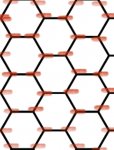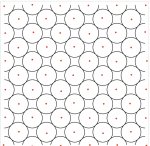king_hellfire
Well-known member
I was wondering if someone could help me with a maths problem. I want to be able to fit 50 people into the smallest area possible whilst keeping everyone 2 metres apart.
What I want to know is which layout would best achieve this, I’ve tried two options to see which would be the best but I’m wondering if there’s be a more space-saving way of doing it. Thanks.
I had a look at a square layout.
What I want to know is which layout would best achieve this, I’ve tried two options to see which would be the best but I’m wondering if there’s be a more space-saving way of doing it. Thanks.
I had a look at a square layout.




